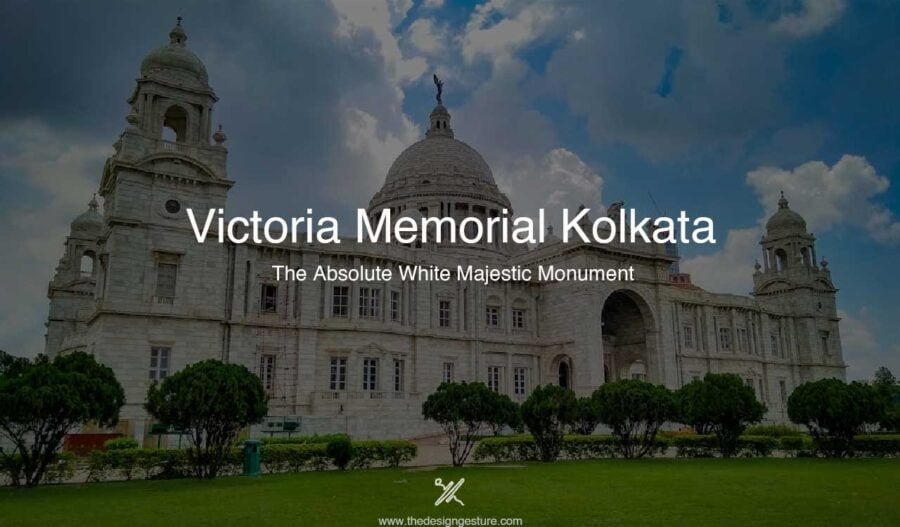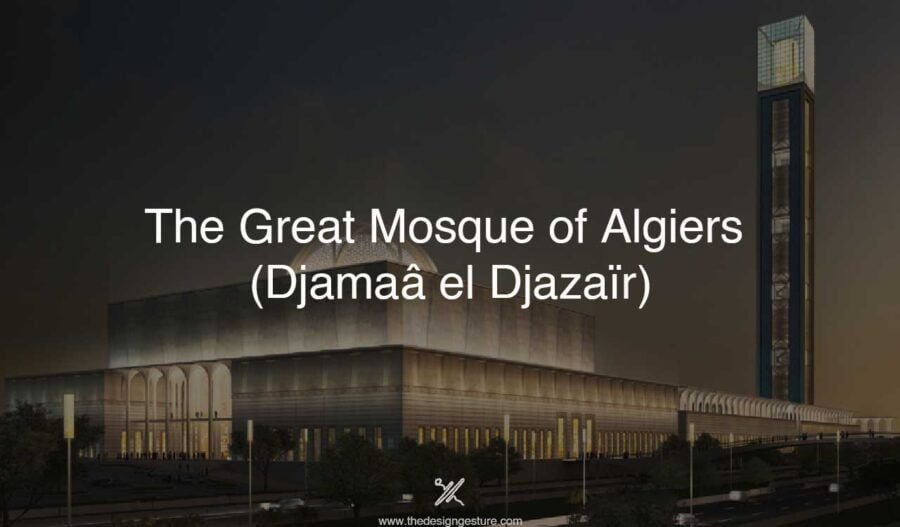The white majestic Victoria Memorial surrounded by sprawling gardens is a beacon of serenity amidst nature’s beauty. The monument, an abode of tranquility stands on the Maidan in Central Calcutta, on the banks of the river Hooghly in proximity to the Chowringhee Road or Jawaharlal Nehru Road. The Victoria Memorial currently stands as one of the most frequented museums in the nation and is under the maintenance of the Ministry of Culture, India.
Table of Contents
The Story behind Victoria Memorial Kolkata
The story of this white architectural masterpiece, reminiscent of a colonial past began over a century ago in 1901, when Lord Curzon, the then Viceroy of India, was determined to build a memorial in honor of Queen Victoria who breathed her last on 22 January 1901. Lord Curzon’s tenacity paved the way for the erection of this monument.
He proposed the formation of the foundation of a National Indian Memorial to Her Majesty, garnered support for this mighty project and funds from the Governors, Lieutenant Governors, Indian Monarchs, Royalty, and notable figures by writing letters outlining the proposal and acquiring their stance on it. He promoted his idea for the memorial through the Calcutta press and a speech at Town Hall in February 1901. Lord Curzon specifically envisioned the memorial as a “great marble hall” standing tall in the Calcutta Maidan, surrounded by lush green gardens.
Lord Curzon’s desire to establish the Victoria Memorial Kolkata as a testimony to the colonial presence and triumph in the region greatly influenced its architectural style. It was one of the prime reasons for choosing Architect William Emerson who specialized in Italian Renaissance Architecture as the chief architect of the project. Lord Curzon commissioned British Architect William Emerson to design and construct this monument impressed by Emerson’s Classical style of architecture dominant in his projects including Crawford market in Mumbai and All Saints Cathedral in Prayagraj.
Vincent Esch, Emerson’s assistant played a significant role in the conceptualization of the Victoria Memorial Hall, sketching the conceptual design of the Victoria Memorial Hall in 1902 which fetched him the role of Superintending Architect of the project. After acquiring sufficient funding inland, the construction commenced in 1906 when the Prince of Wales laid the foundation stone and the Memorial was opened in 1921.
Victoria Memorial Architecture
The 200 feet high, 396 feet long, and 283 feet wide grand white marble edifice not only exemplified the Classical Renaissance style but also displayed the influence of Indian architecture, particularly that of the Taj Mahal despite the presence of British Architects. Though the design itself was dominantly classical, the use of white marble created a resemblance with India’s Majestic Architectural monument, the Taj Mahal.
The Indian quality in the Victoria Memorial Hall is elevated with the use of 196,000 cubic feet of marble sourced from the quarries in Makrana, Rajasthan, which also provided marble for the Taj Mahal. Further, the arrangement of the domes with a main dome surrounded by other smaller domes or ‘chhatris’ is characteristic of Mughal architecture. The Indian corbels featured in the frieze of the entablature along with the jalis in the arches in the upper story of the exterior depict the Indian influence even in the architectural details.
Victoria Memorial Hall
The Central Victoria Memorial Hall, or the Queen’s Hall is one of the prime points of interest in the Victoria Memorial Kolkata. This circular Victoria memorial hall hosts a marble statue of the Queen crafted with the creativity of Thomas Brock at the center as the main point of attention. The hall displays artifacts that the Queen used and artworks depicting important incidents in the Queen’s life. The Queen’s desk, chair, and her rosewood pianoforte used by the Queen adorn the hall while paintings by Frank Salisbury showcasing significant episodes from the Queen’s life are hung in the upper portion of the walls.
Victoria Memorial Gardens
The Victoria Memorial Gardens sprawling over an area of 57 acres, encompasses the Victoria Memorial Hall building, six water bodies, paved walkways, seating areas and furniture, and an endless variety of vegetation. This lush green serenity around the Victoria Memorial Hall was envisioned and executed by pioneer landscape architects and designers of the time under the guidance of mighty figures including Sir David Prain, the Director of the Botanical Survey of India in the Royal Botanic Garden, Calcutta, and the 1st Earl Redesdale in 1915. The garden houses approximately 2,800 trees, shrubs, and hedges of 80 distinct species, besides a nursery garden growing saplings to facilitate fresh planting.
The garden is an abode of sculptures and statues of prominent personalities from foreign authorities to wealthy Indians including Lord Bentinck, Governor-General of India from 1828-1835, Lord Ripon, the Governor-General of India from 1880-1884, and Sir Rajendranath Mookerjee, the pioneer industrialist of Bengal. A bronze statue of Queen Victoria seated on her throne created by Sir George Frampton is placed on the path leading to the north gate. Another interesting element in the garden visible while approaching the building from the south is the King Edward VII memorial arch topped with a bronze equestrian statue of the King crafted by Sir Bertram Mackennal.
Angel of Victory, Victoria Memorial
Angel of Victory, a three-ton weighing, sixteen feet high sculpture holding a laurel wreath in her right hand and a trumpet in her left hand mounted on the central dome of the memorial balances out the dominance of white in the edifice. The Angel of Victory atop was also known as Victoria, not only referring to Queen Victoria in memory of whom this monument was built but also indicating the Roman goddess of Victory highlighting the British supremacy in Calcutta. It was common practice to install the goddess of Victory sculptures and images in buildings and other artifacts like the Roman coins and the Victory Column in Berlin, Germany, symbolic of the expected victory and the peace that follows.
The Angel of Victory was born out of the creativity of the British sculptor ‘Lindsay Clarke’ in Cheltenham, England which later was shipped to India and installed on the central dome of the memorial in 1920, eight years after the inception of the memorial. The distinguishable feature of this sculpture is that though it was not designed to be a wind vane, it rotates.
However, the sculpture lost its innate ability to act as a weather vane which was discovered in 1978 and the Memorial Foundation put forth an announcement calling out professionals who could fix the sculpture and reinstate it, as the still sculpture was causing damage to the dome. After the tremendous response and scrutinizing several applications, Jessop and Company was awarded the job and they successfully replenished the sculpture freeing the strain on the dome and reversing the Angel of Victory to its original state and capabilities.
Victoria Memorial Kolkata, The Museum
The memorial was repurposed into a museum, a museum that is most visited today by flocks of passionate visitors. The museum has 25 galleries as of today exhibiting paintings, manuscripts, weapons, coins, maps, and sculptures from colonial India and the life of Queen Victoria. It is worth noting that a separate gallery was added post-independence to display the valor and courage of the freedom fighters via paintings and relics.
Entrance Hall Gallery, Durbar Gallery, Calcutta Gallery, National Leader’s Gallery, and Central Hall are some of the galleries in the Museum. From splendid architecture, museum galleries to sprawling green gardens this white marble marvel serves as a scenic and knowledgeable spot for both families, friends and students, and professionals in the fields of architecture, art, and history.
FAQ
1. When is the Victoria Memorial open for visitors?
The Museum is open on all days except Mondays and national holidays from 10:00 AM to 6:00 PM. However, the Victoria Memorial timings for Gardens are open from 5:30 AM to 6:00 PM on all days.
2. Are there entry fees to access the Memorial?
Indian citizens are required to pay INR 50 per person for entry, Nationals of SAARC Countries are required to pay INR 100 per person, and Foreign Nationals must pay INR 500 per person to enter the museum complex. However, students in uniform, differently-abled individuals, Army personnel, Members of the Paramilitary forces, West Bengal Police, and Kolkata Police with valid ID cards are granted free entry. The fee to enter the garden is INR 30 per person for a day, while Senior Citizens can purchase an annual subscription for INR 1000 and others for INR 2000, allowing year-round access to the garden.




